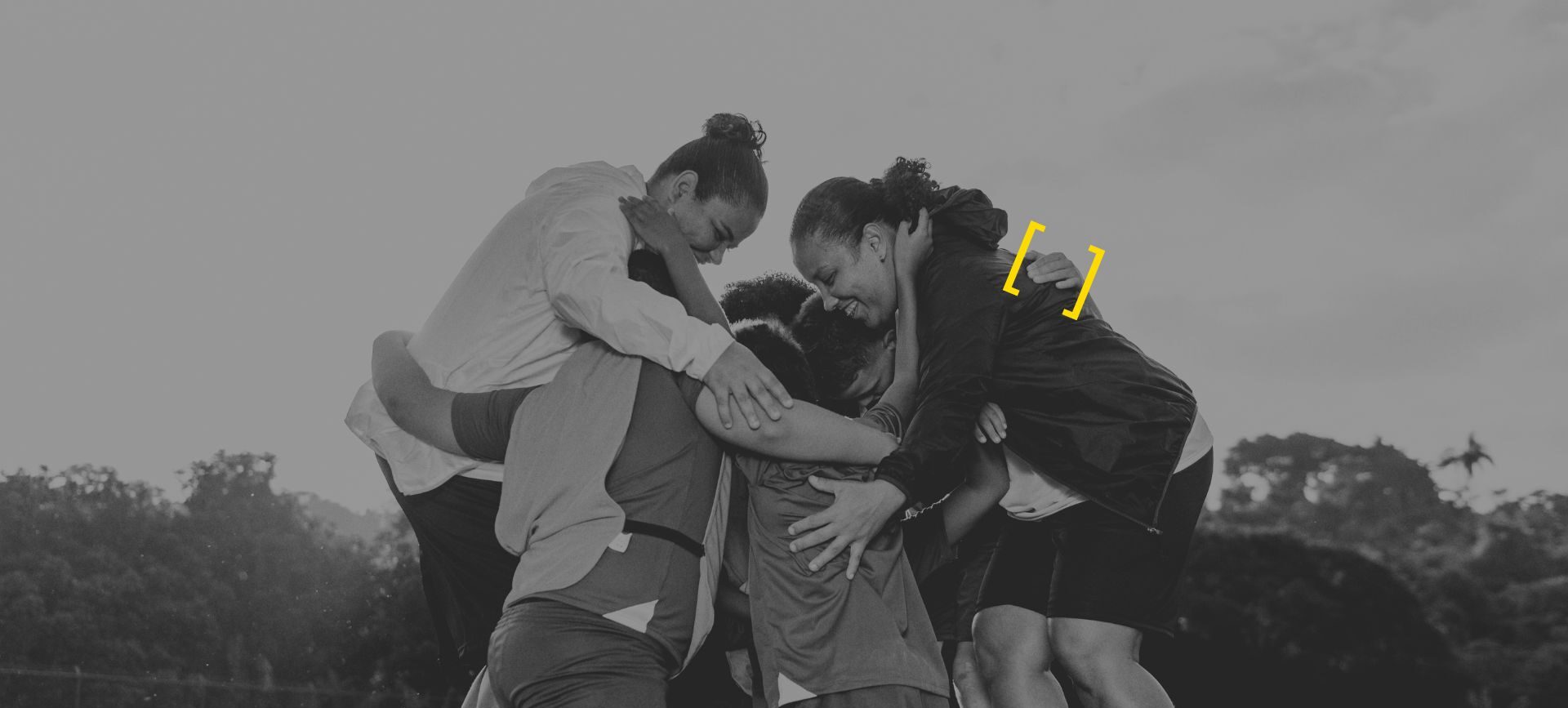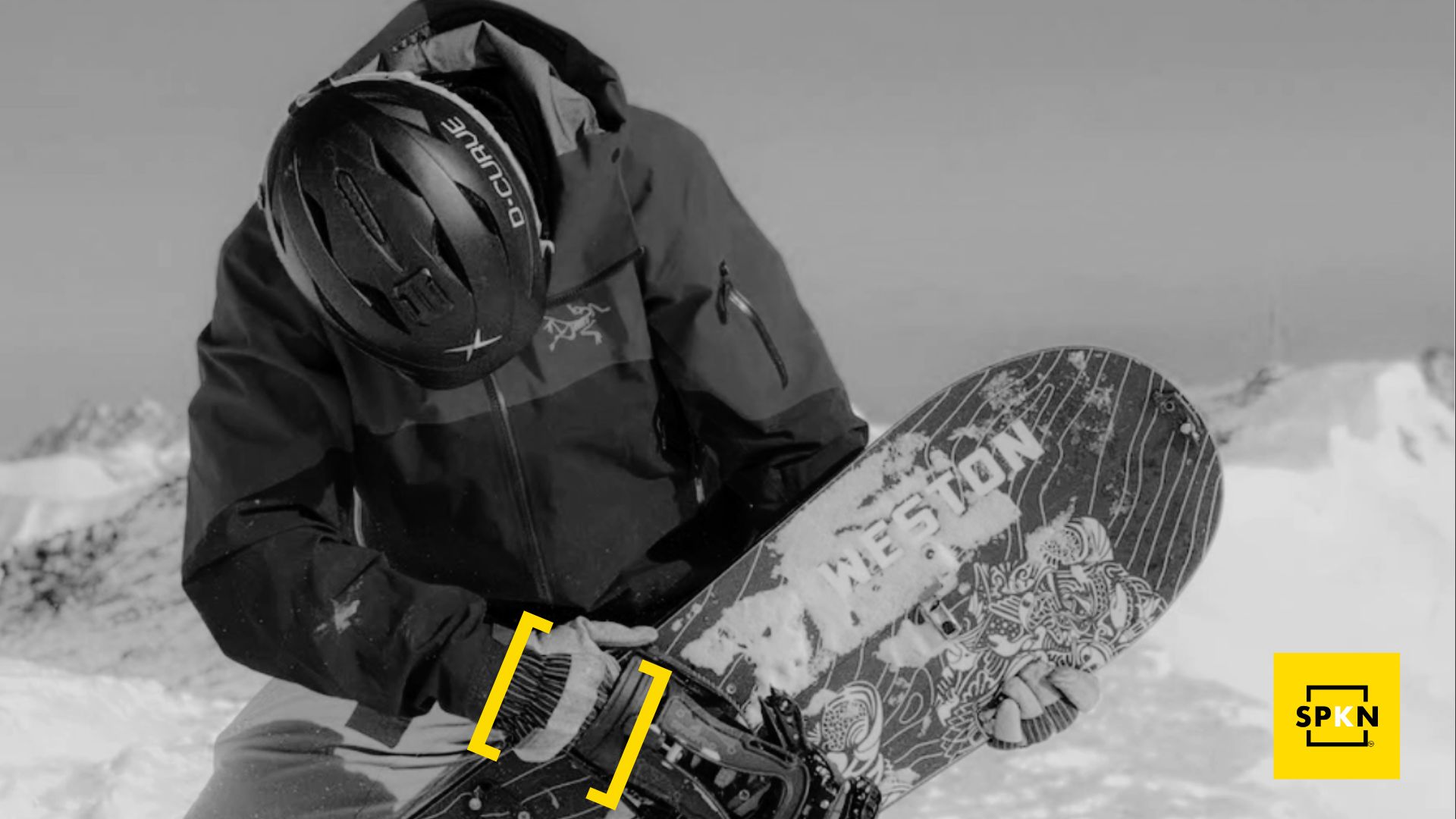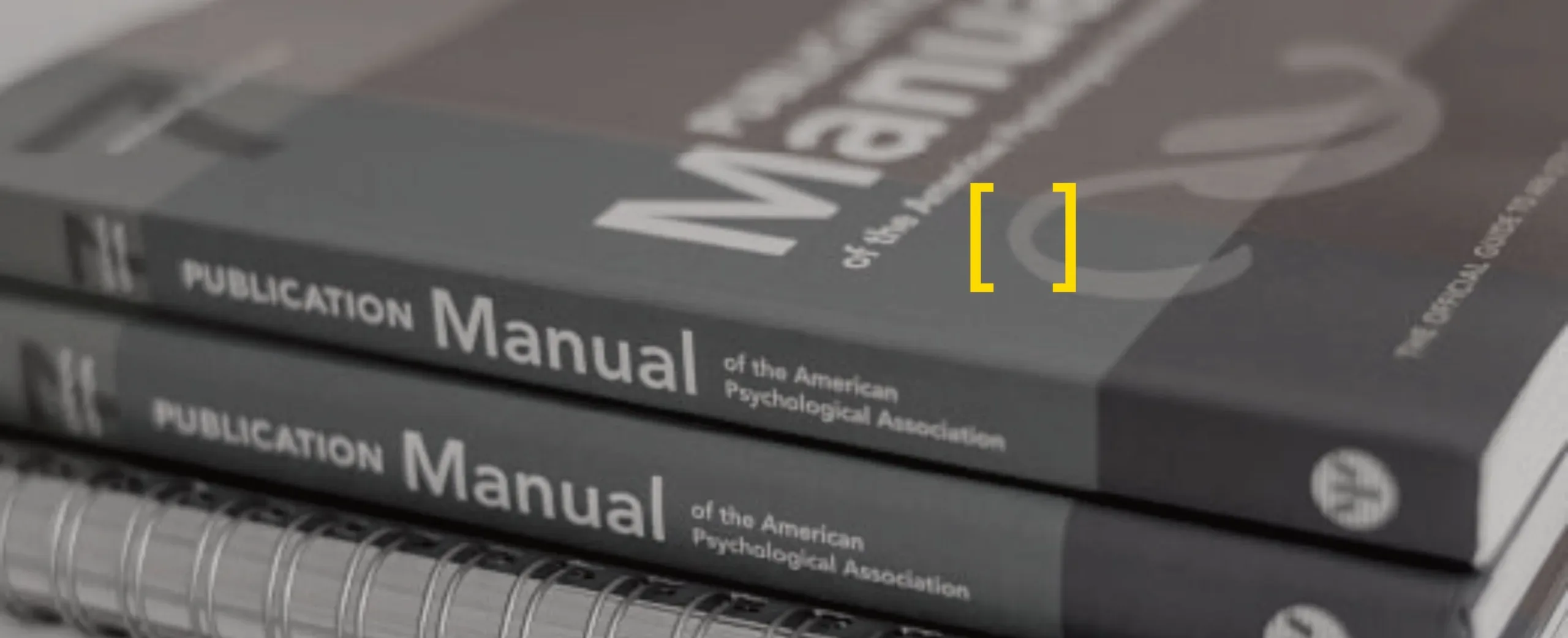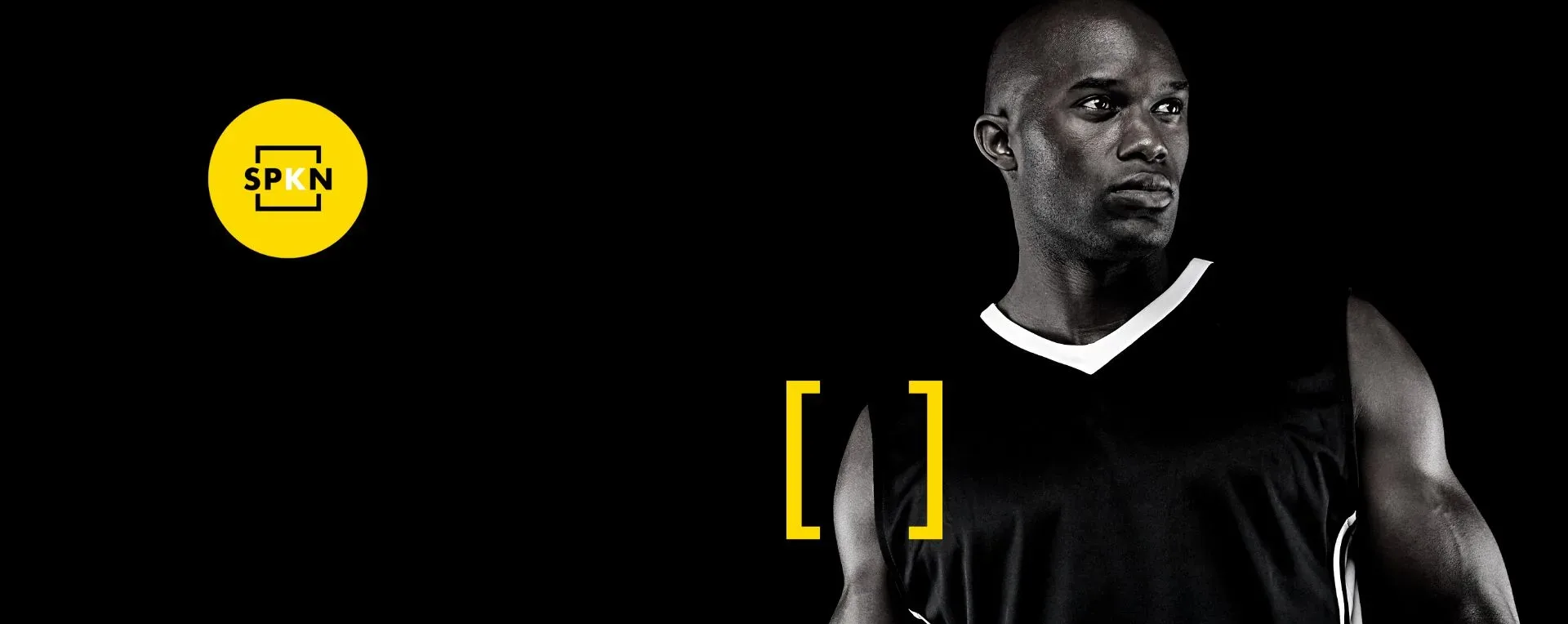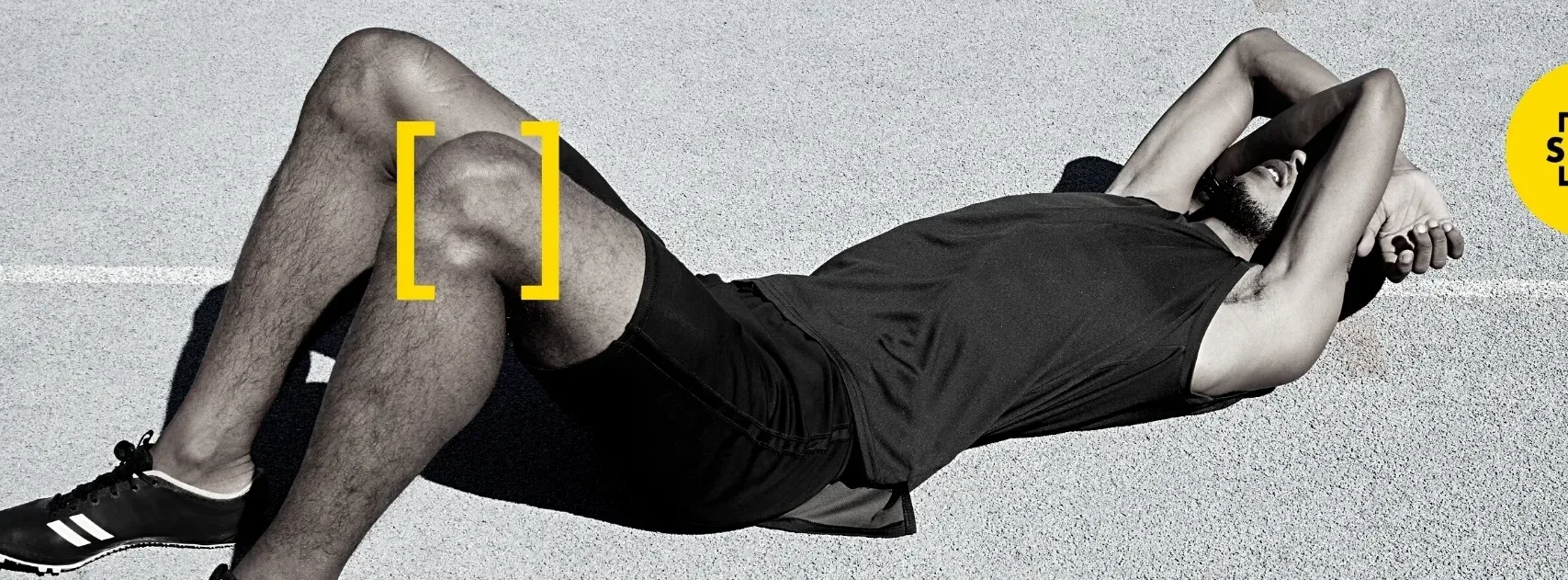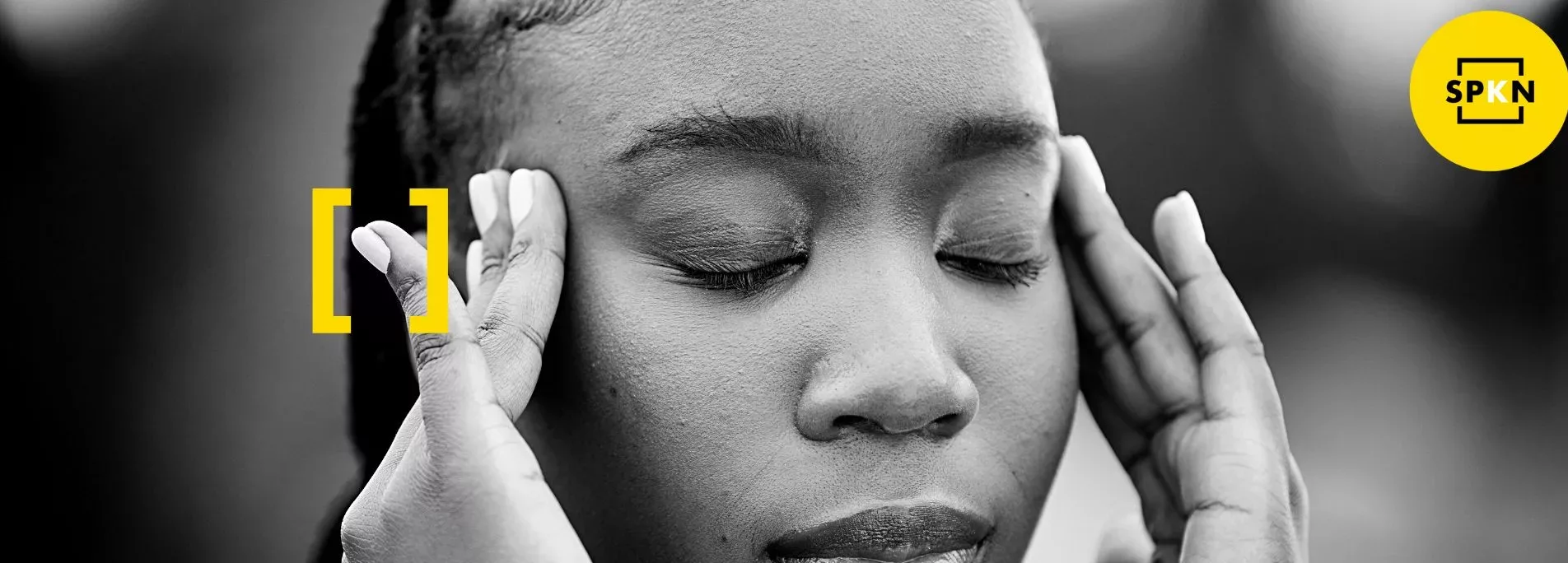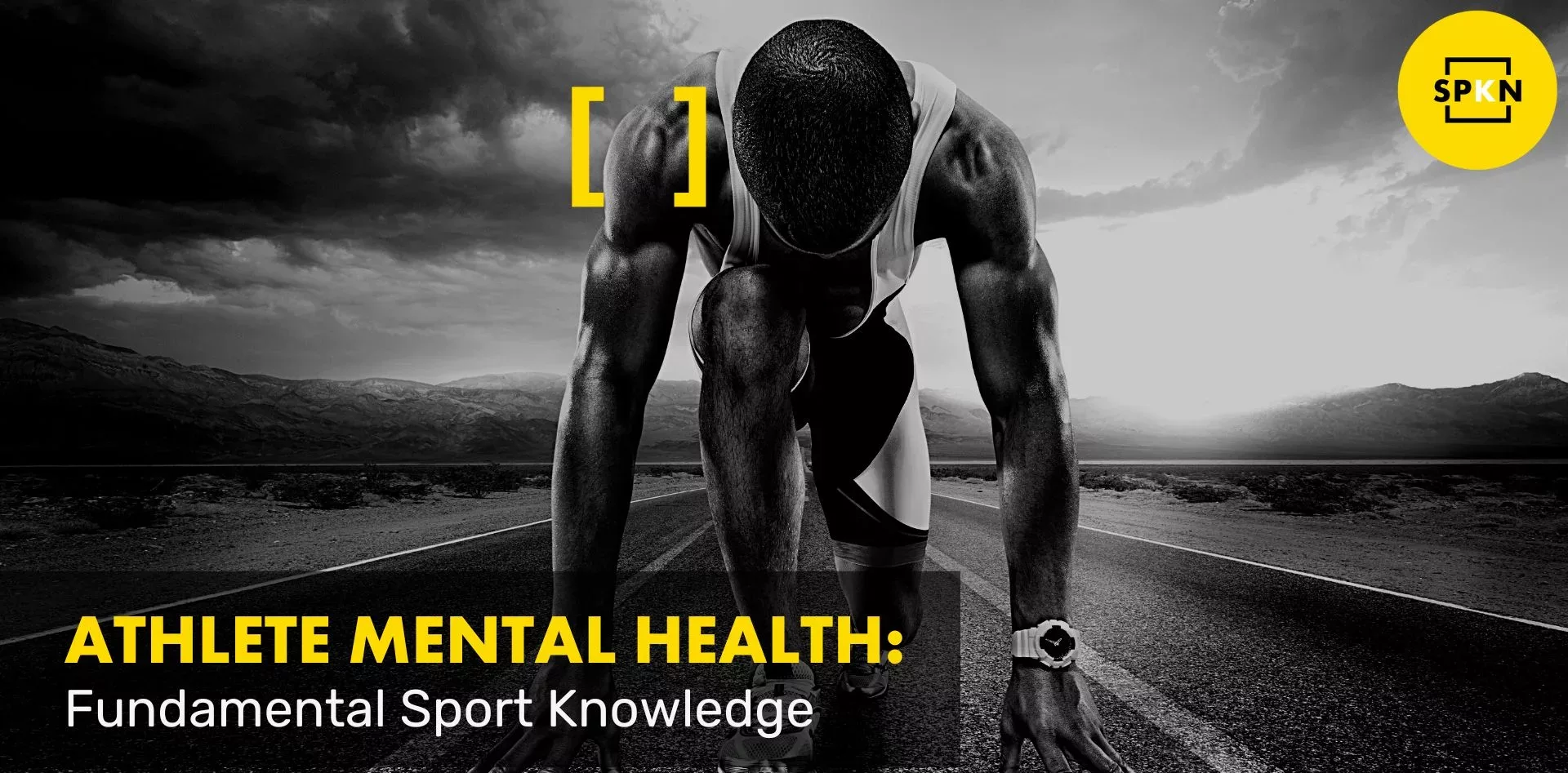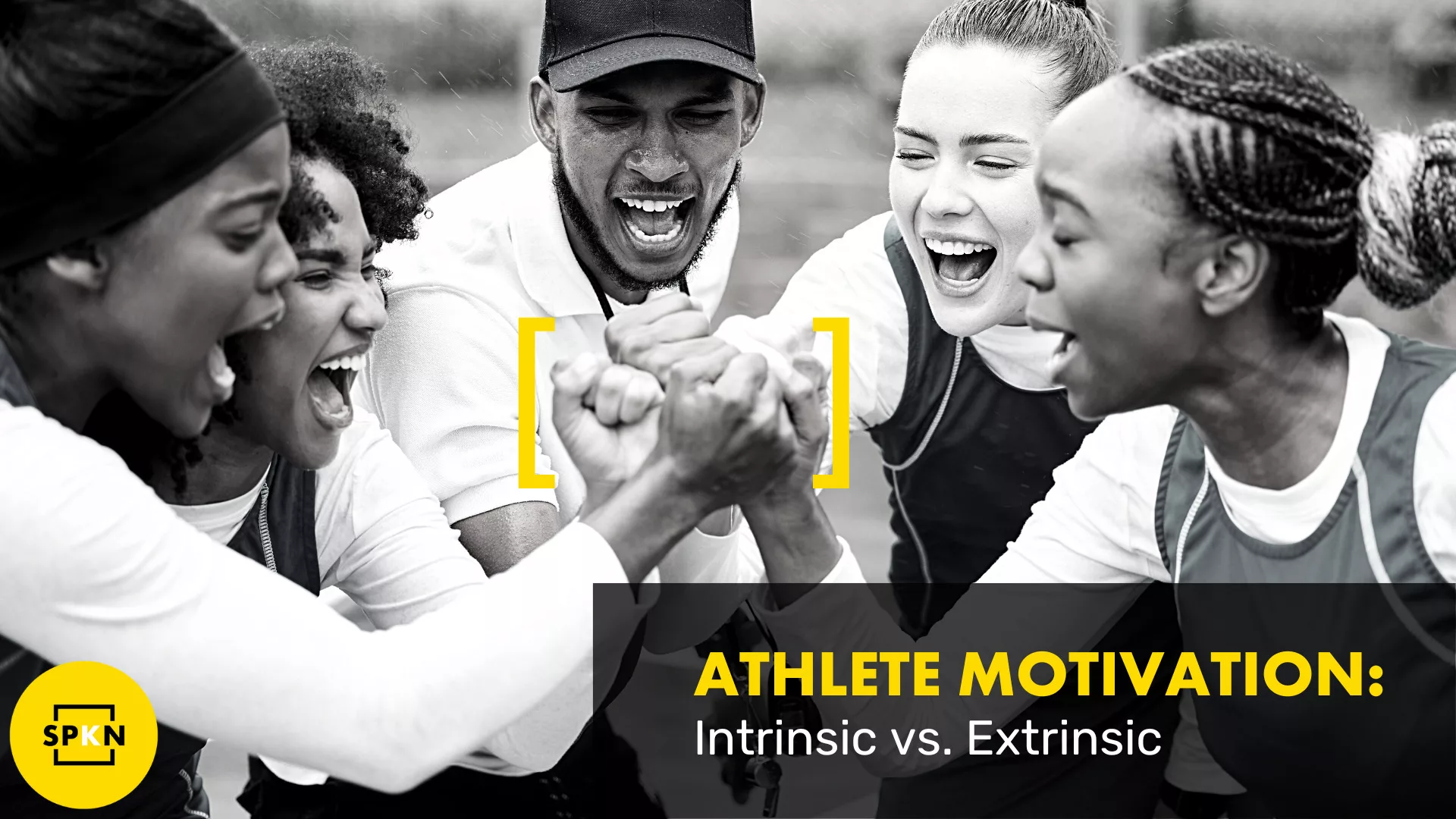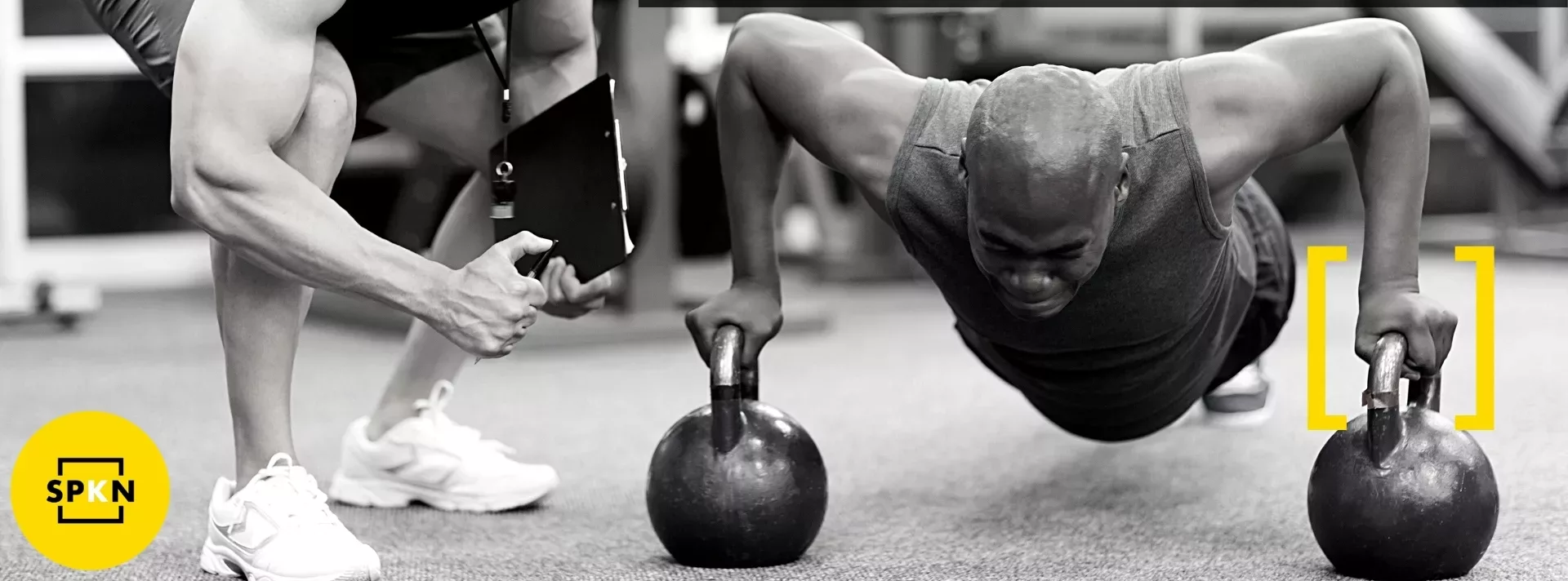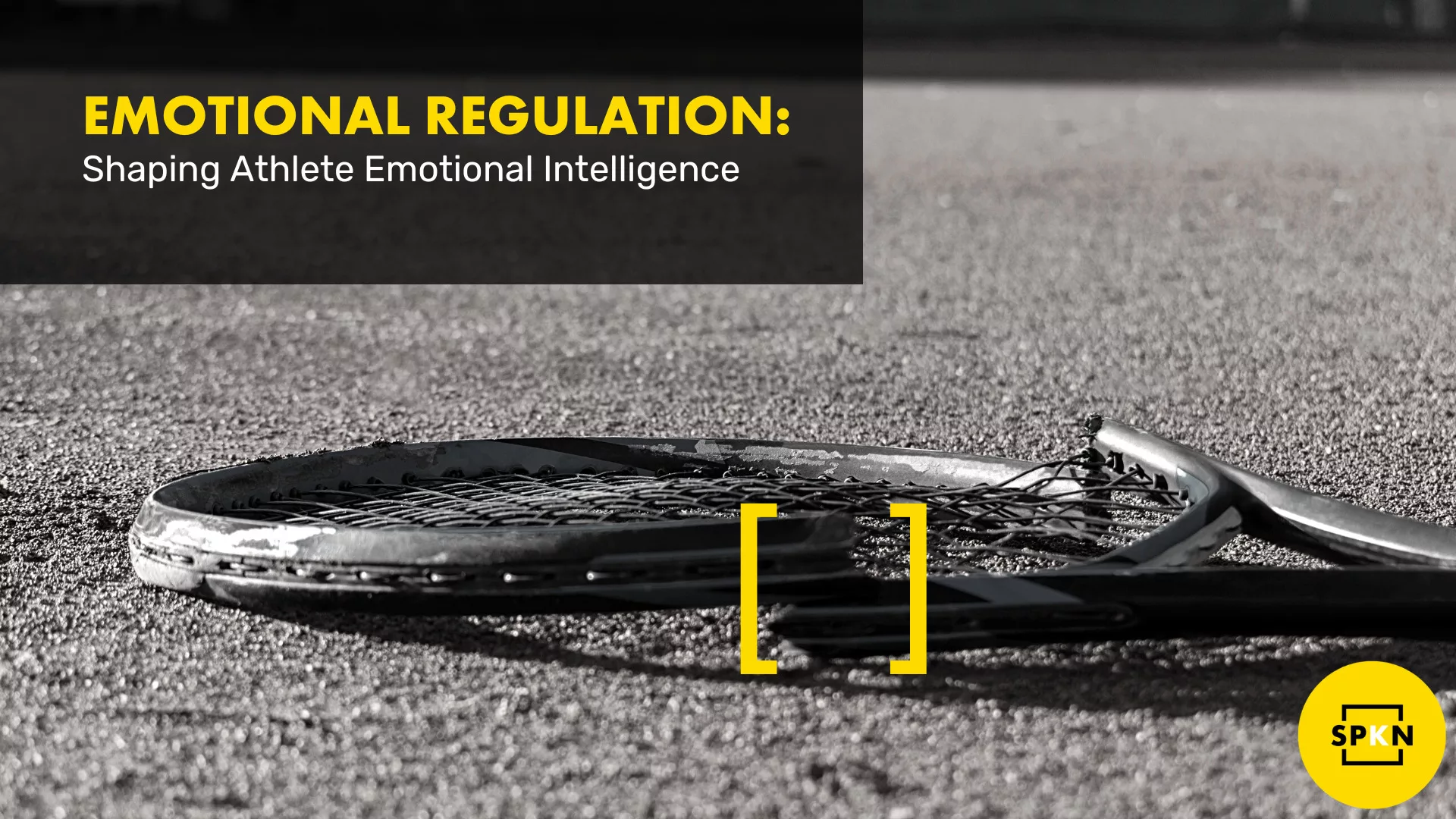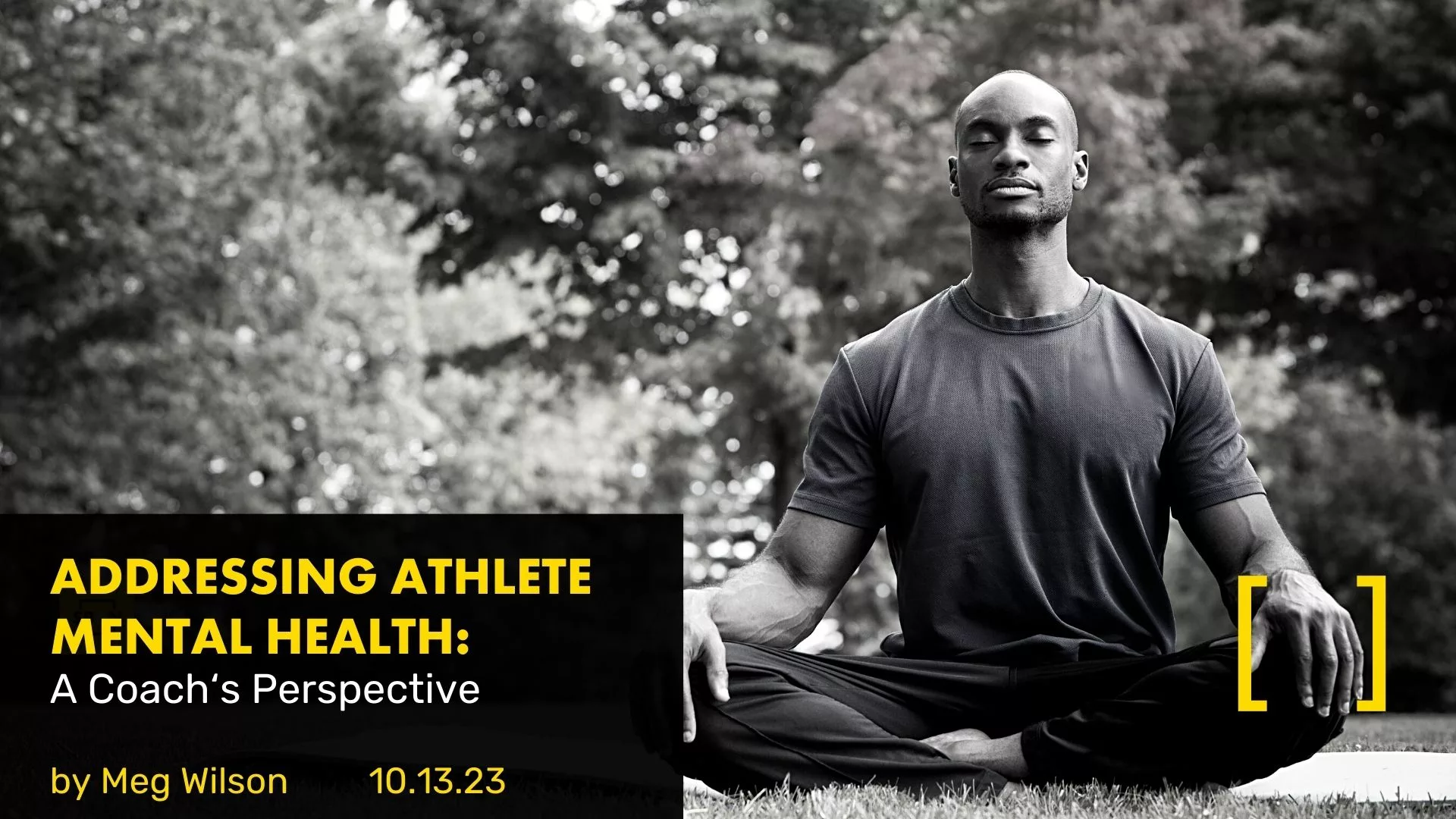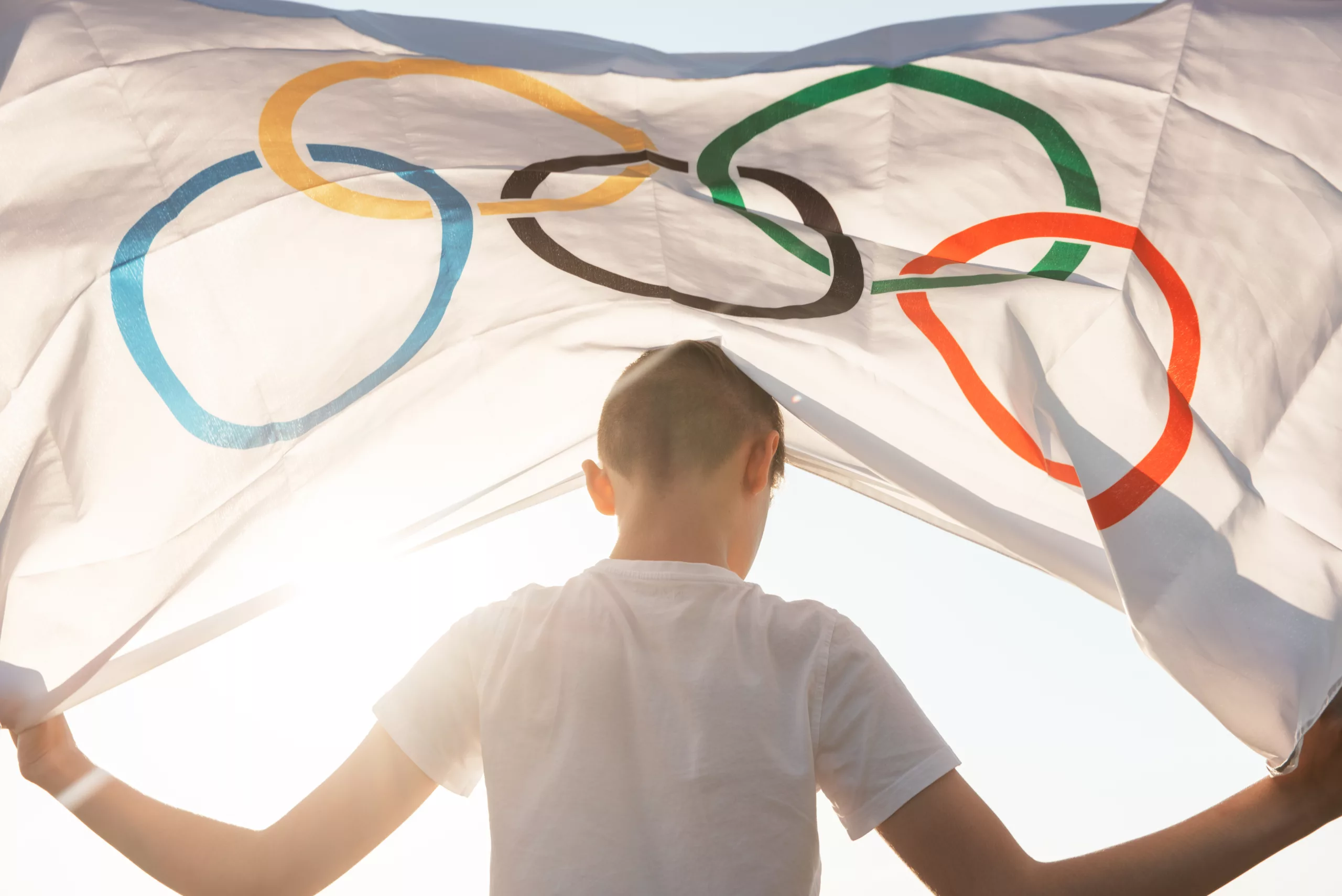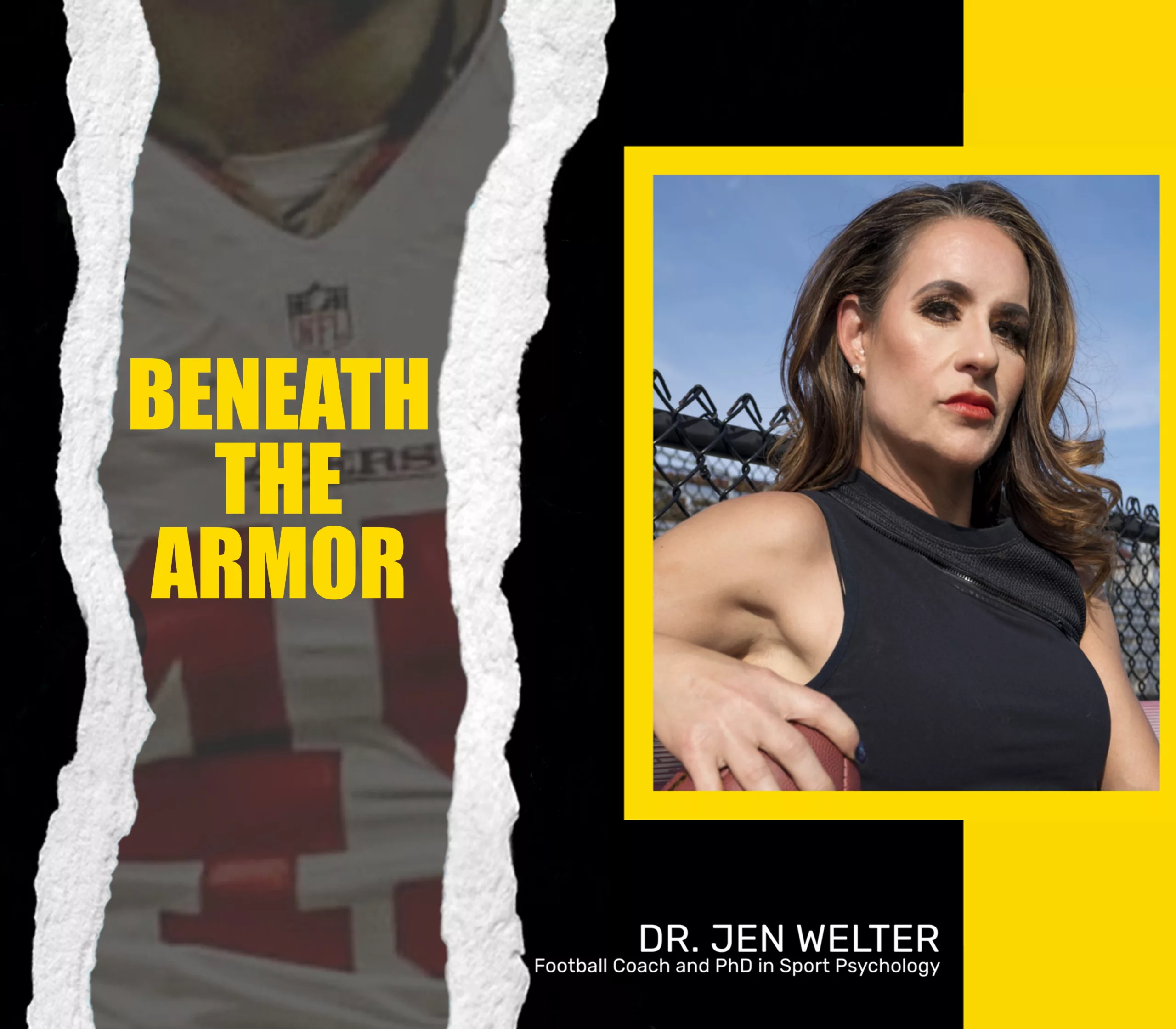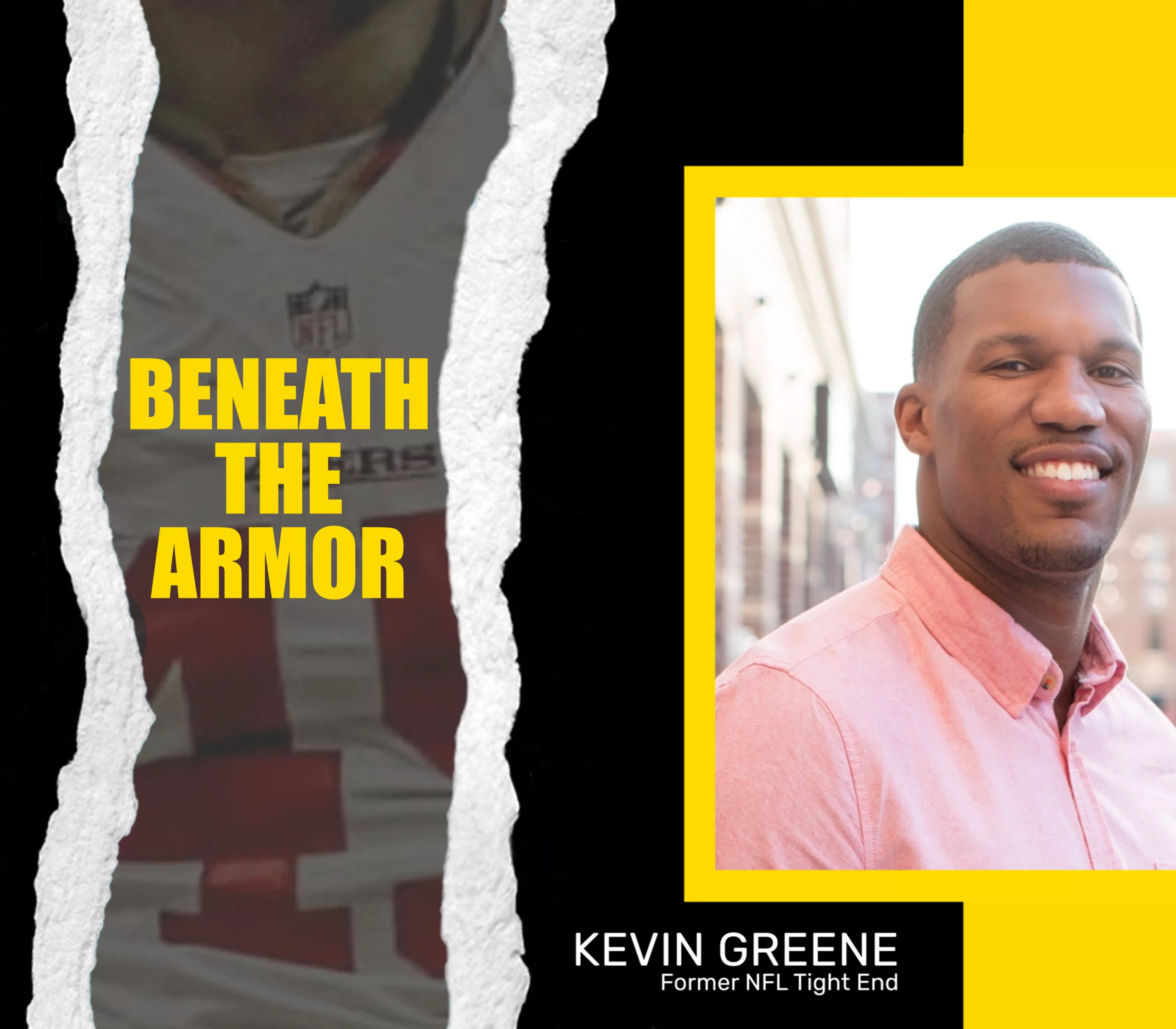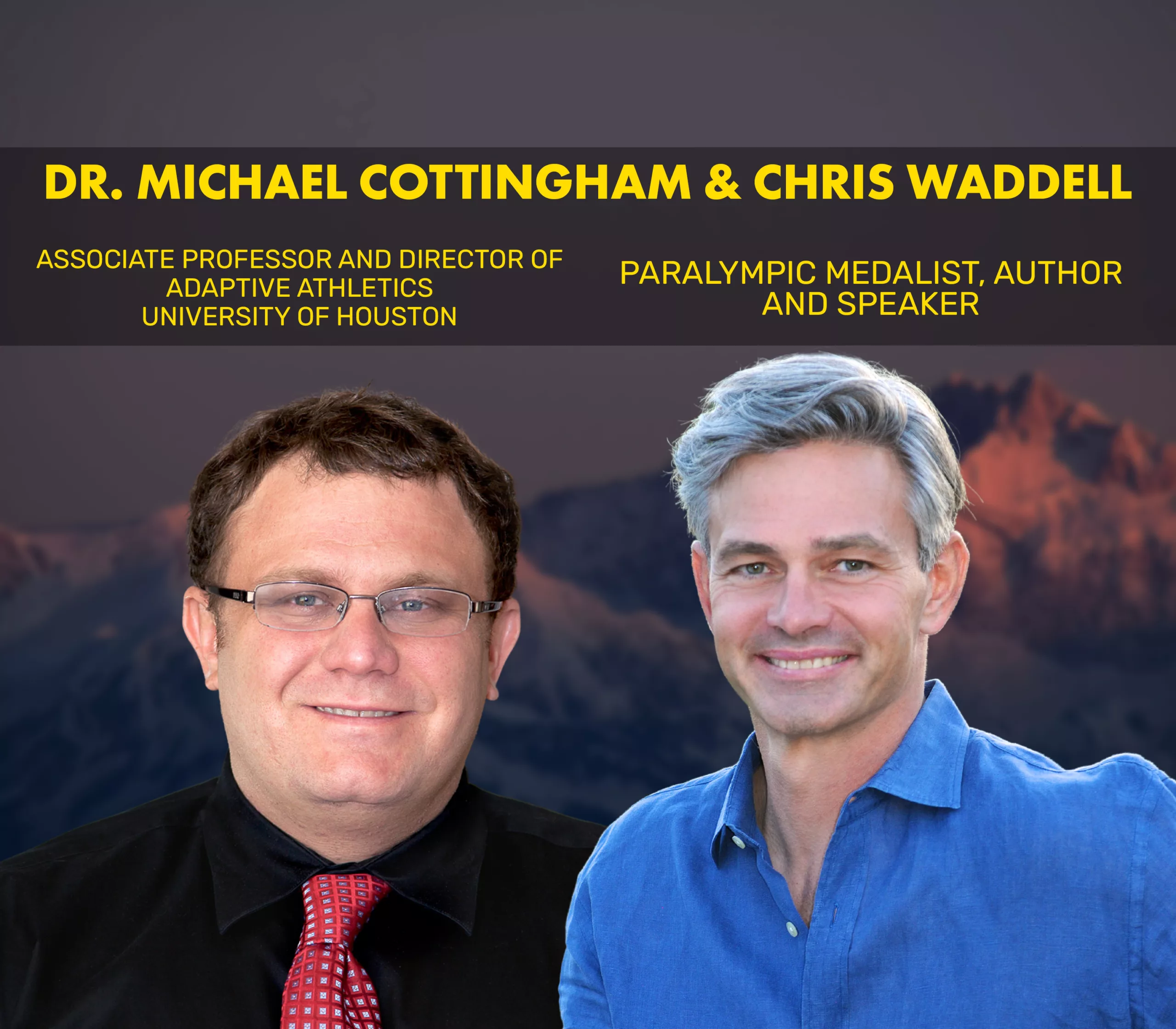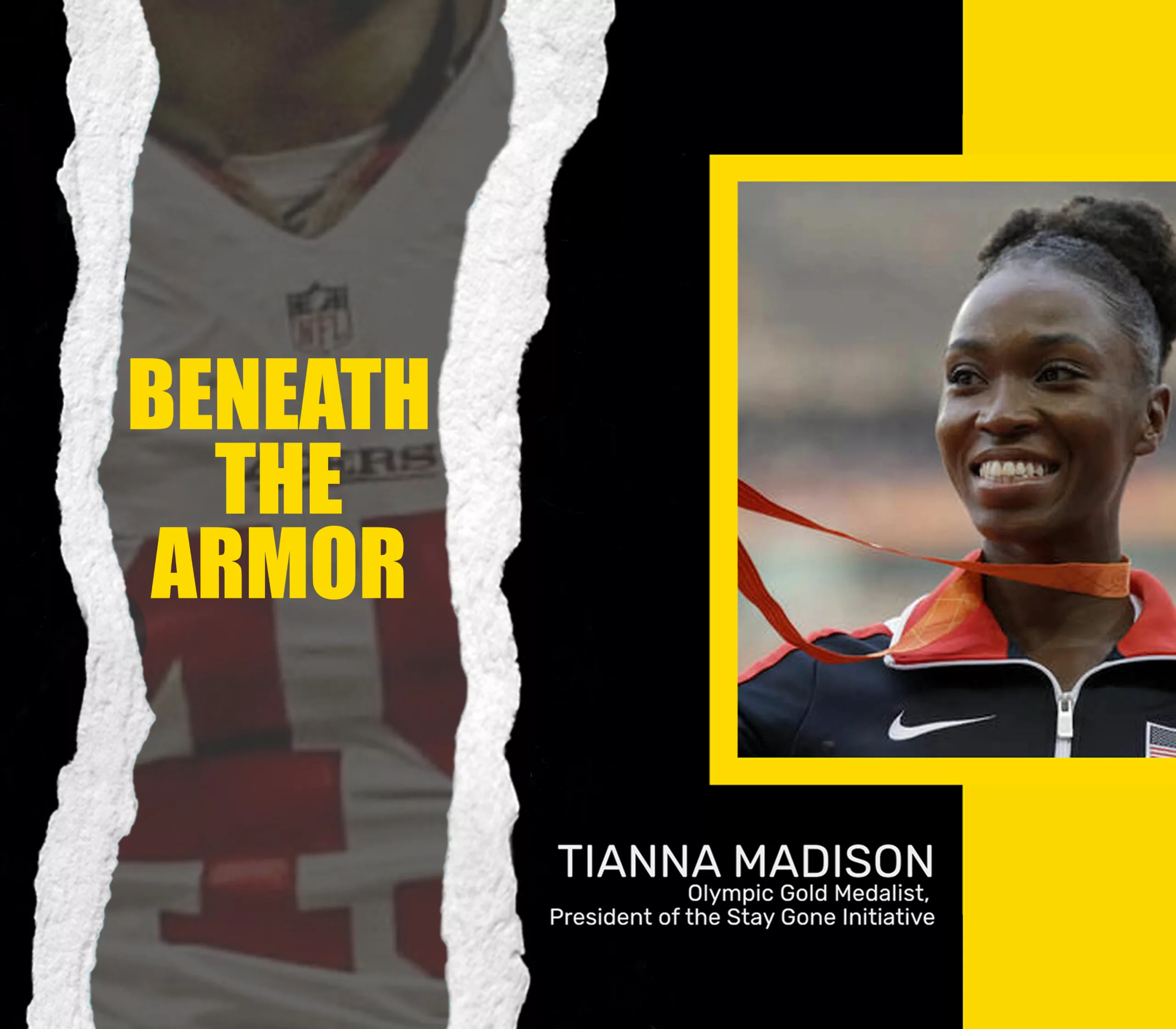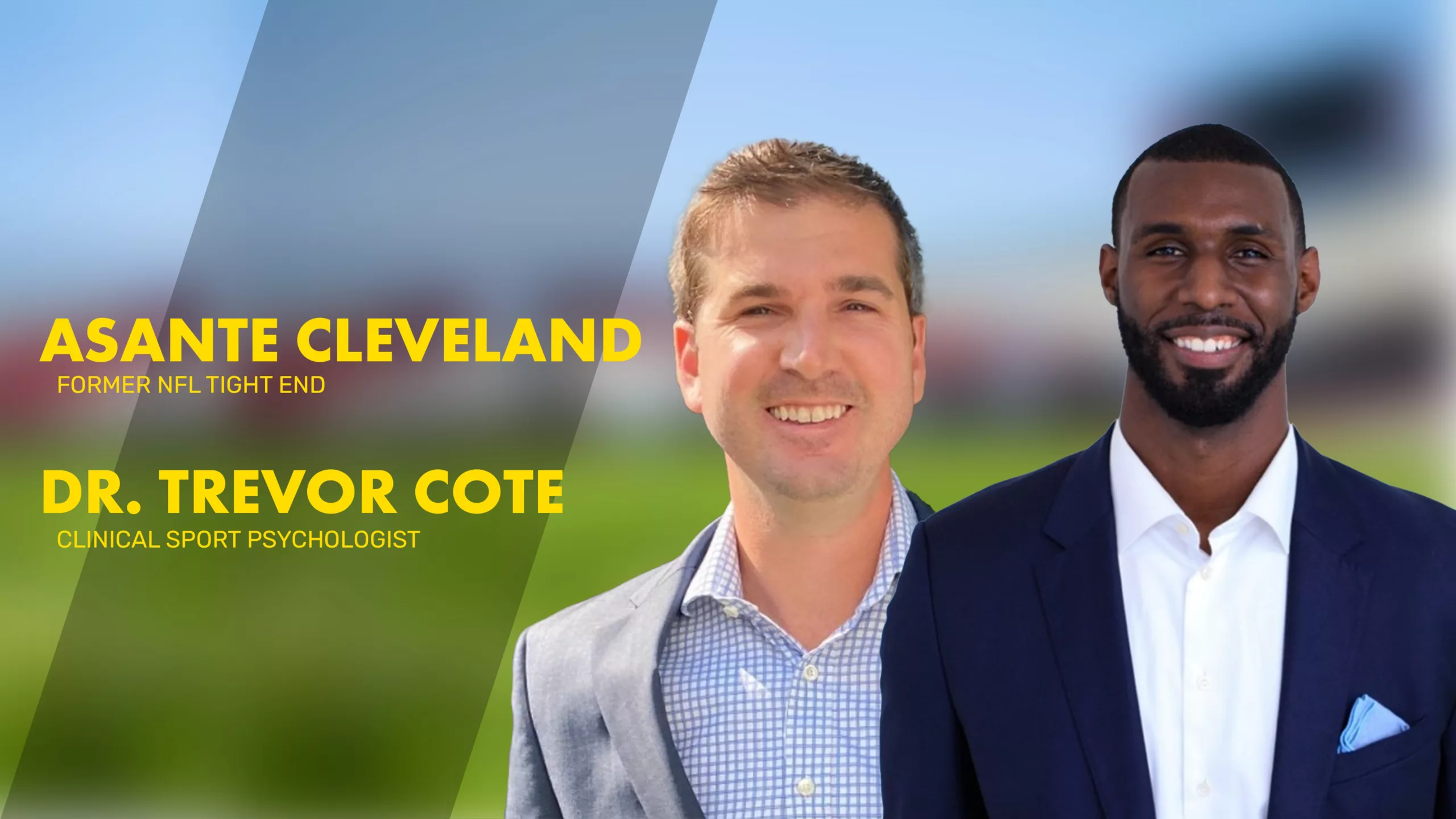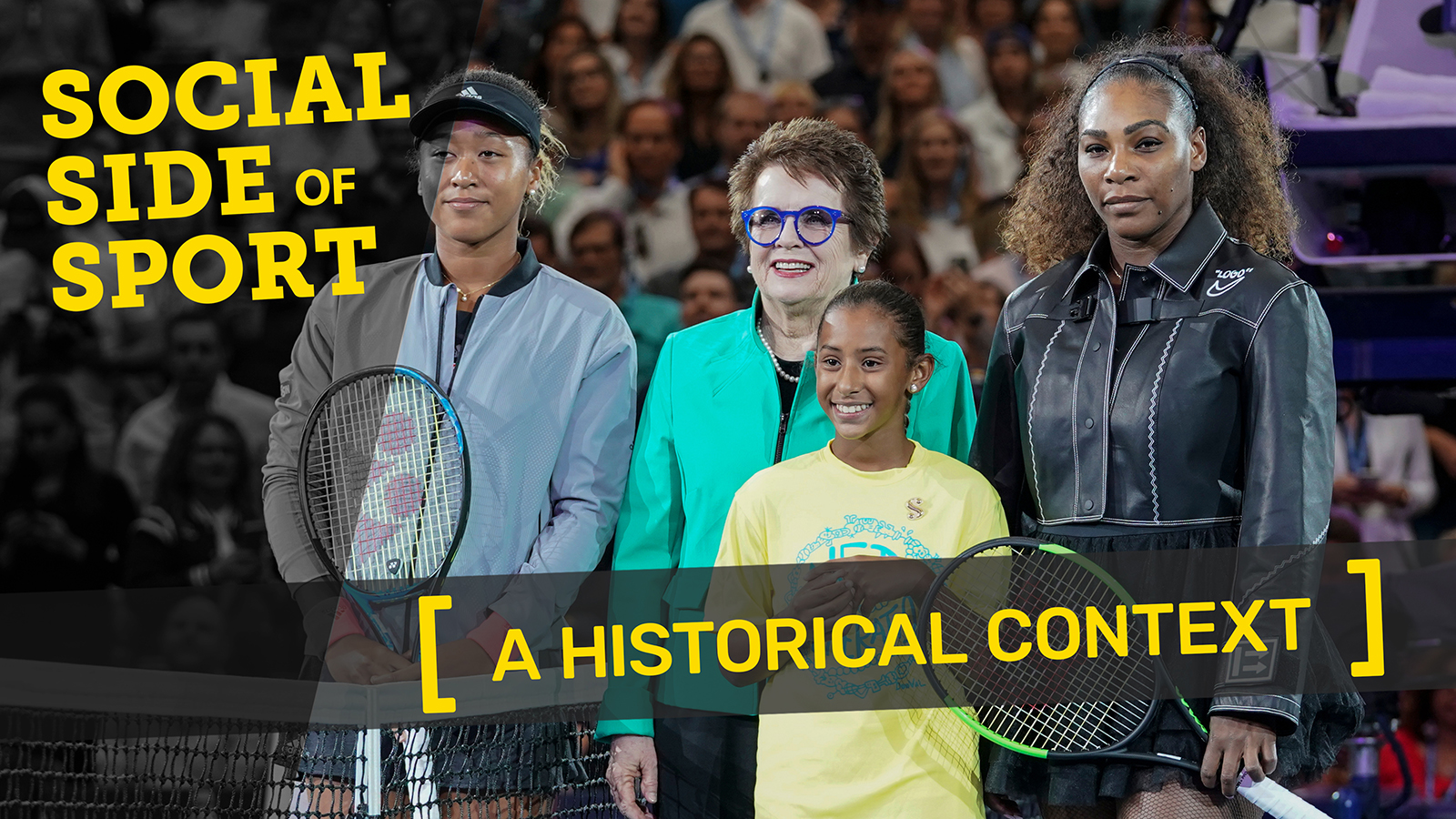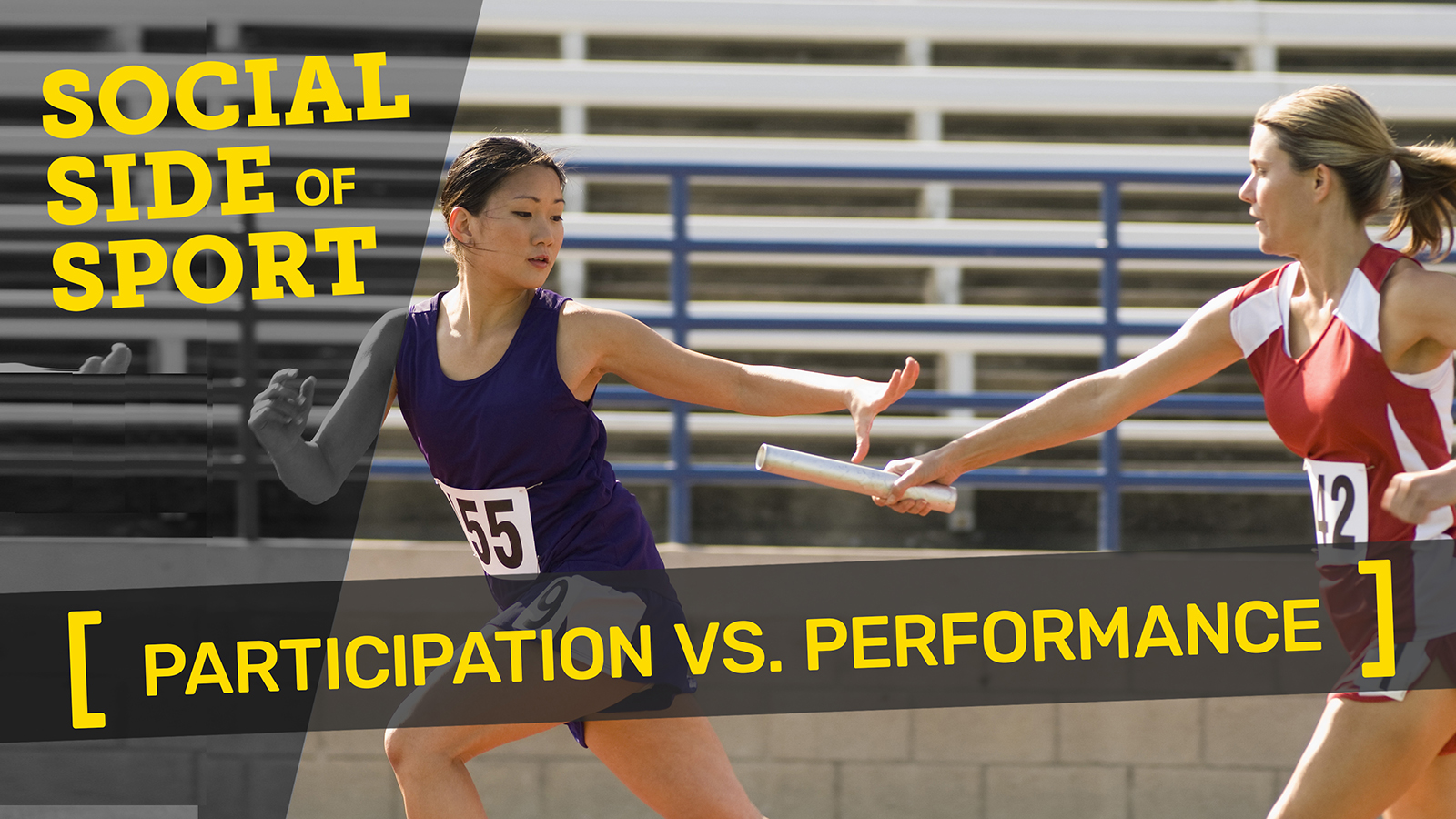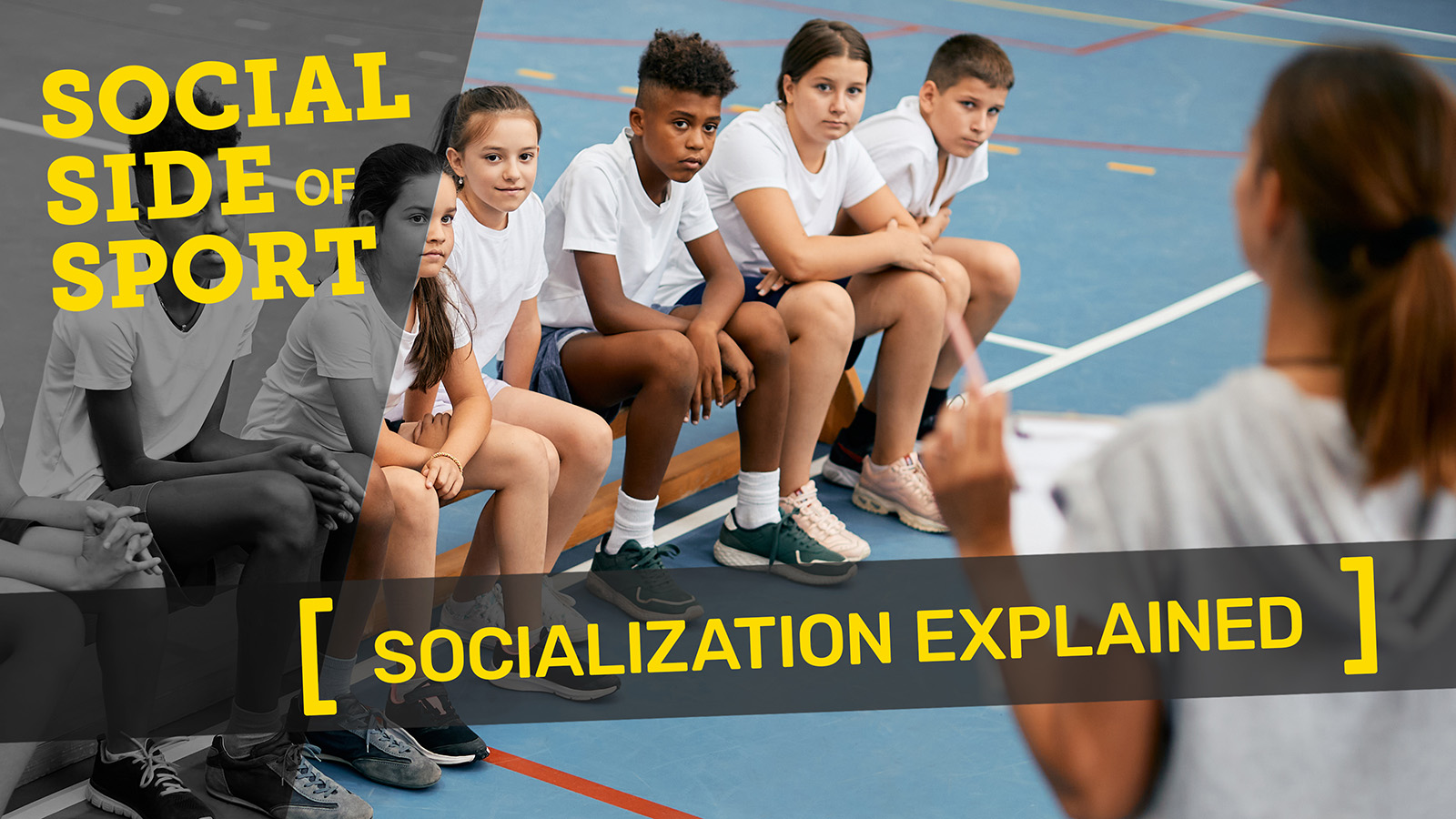Most people experience hardship during their life; but such difficulties are rarely permanent and individuals may benefit in some way from their experiences. Psychologists refer to this phenomenon as adversarial growth. Research has shown that individuals can grow following adversity to the extent that they report development beyond their pretrauma functioning. According to Tedeschi and Calhoun (2004), this growth entails an increased appreciation for life, more meaningful relationships, an increased sense of personal strength, a change in priorities, and/or a richer existential and spiritual awareness.
Theoretical explanations of growth include the functional descriptive model of Post Traumatic Growth (PTG), (Calhoun, Cann, & Tedeschi, 2010; Calhoun & Tedeschi, 1998; Tedeschi & Calhoun, 1995, 2004),the organismic valuing theory of growth through adversity (OVT; Joseph & Linley, 2005), the affective-cognitive processing model of PTG (ACPM; Joseph, Murphy, & Regel, 2012), and the Janus-faced model of self-perceive PTG (Maercker & Zoellner, 2004; Zoellner & Maercker, 2006).
Research suggests that, following adversity-related experiences, competitive athletes can grow and develop (Howells, Sarkar, & Fletcher, 2017), and that participation in sporting activities can facilitate growth and development (Tamminen & Neely, 2016).
References
Calhoun, L. G., Cann, A., & Tedeschi, R. G. (2010). The posttraumatic growth model: Sociocultural considerations. In T. Weiss, & R. Berger (Eds.), Posttraumatic growth and culturally competent practice: Lessons learned from around the globe (pp. 1 14). Hoboken, NJ: Wiley. https://amzn.to/3XfHQM3
Calhoun, L. G., & Tedeschi, R. G. (1998). Posttraumatic growth: Future directions. In R. G. Tedeschi, C. L. Park, & L. G. Calhoun (Eds.), Posttraumatic growth: Theory and research on change in the aftermath of crisis (pp. 215 238). https://amzn.to/3XfHQM3
Mahwah, Erlbaum, Howells, K., Sarkar, M., & Fletcher, D. (2017). Can athletes benefit from adversity? A systematic review of growth following adversity in competitive sport. Progress in Brain Research, 234, 117 159.
Joseph, S., & Linley, A. (2005). Positive adjustment to threatening events: An organismic valuing theory of growth through adversity. Review of General Psychology, 9, 262 280.
Joseph, S., Murphy, D., & Regel, S. (2012). An affective cognitive processing model of posttraumatic growth. Clinical Psychology & Psychotherapy, 19, 316 324.
Maercker, A., & Zoellner, T. (2004). The Janus face of self-perceived growth: Toward a two-component model of posttraumatic growth. Psychological Inquiry, 15, 41 48.
Tamminen, K., & Neely, K. C. (2016). Positive growth. In N. L. Holt (Ed.), Positive youth development through sport (pp. 193 204). New York City, NY: Routledge. https://amzn.to/3GKvXqm
Tedeschi, R. G., & Calhoun, L. G. (1995). Trauma & transformation: Growing in the aftermath of suffering. Thousand Oaks, CA: Sage. https://amzn.to/3H6JWs9
Tedeschi, R. G., & Calhoun, L. G. (2004). Posttraumatic growth: Conceptual foundations and empirical evidence. Psychological Inquiry, 15, 1 18.
Zoellner, T., & Maercker, A. (2006). Posttraumatic growth in clinical psychology A critical review and introduction of a two component model. Clinical Psychology Review, 26, 626 653.
***Contributed by David Fletcher for Hackfort, D., Schinke, R. J., & Strauss, B. (Eds.). (2019). Dictionary of sport psychology: sport, exercise, and performing arts. Academic Press. https://amzn.to/3ZxARzT

